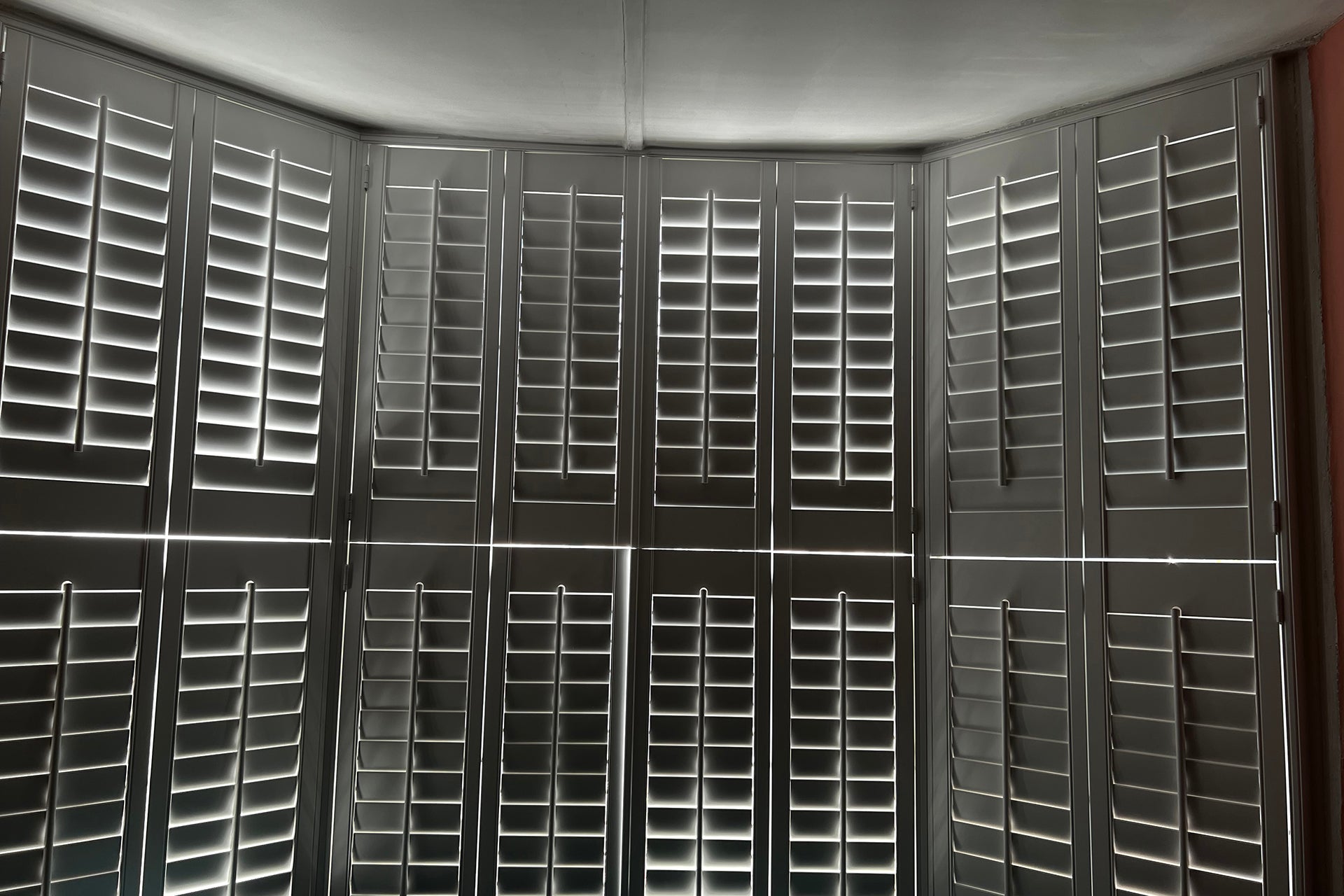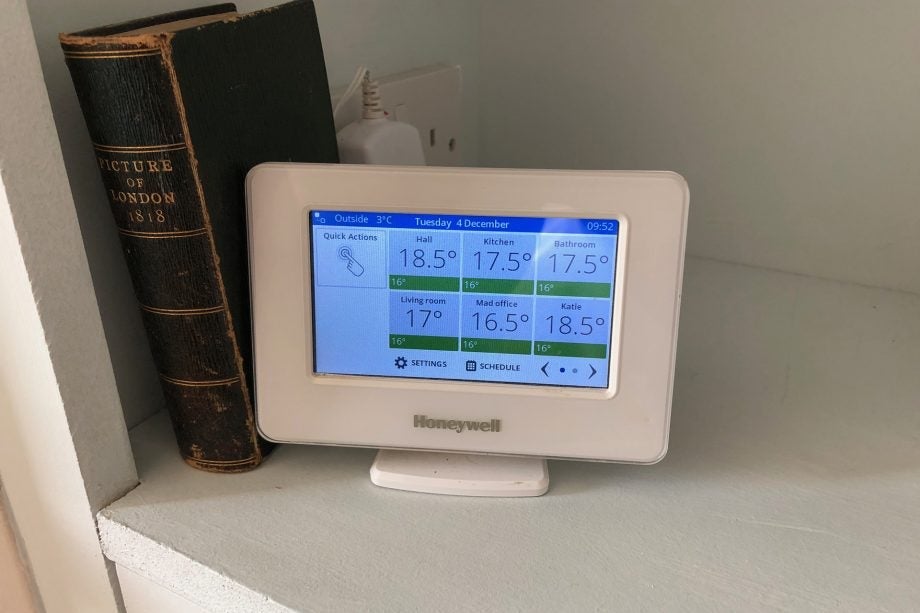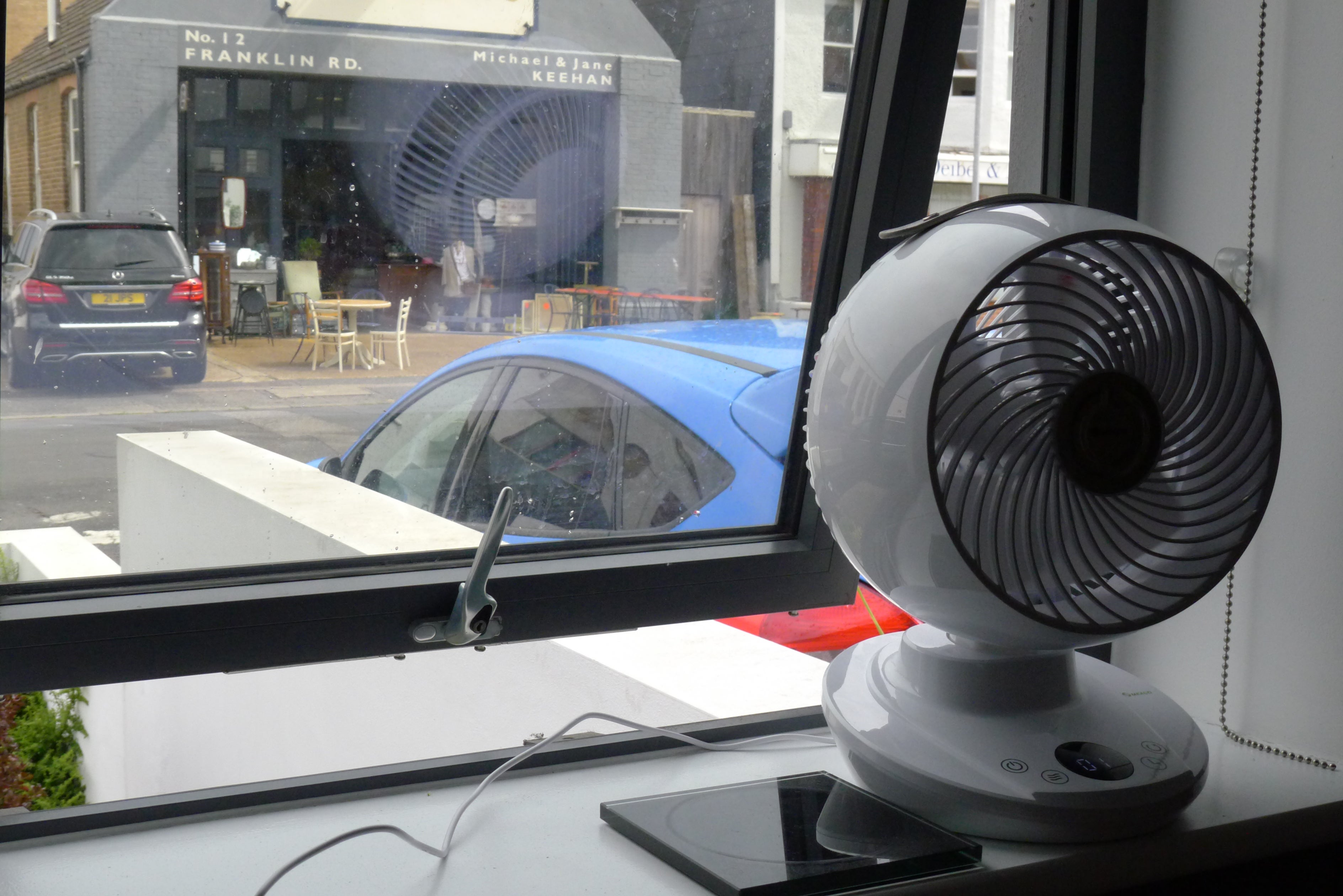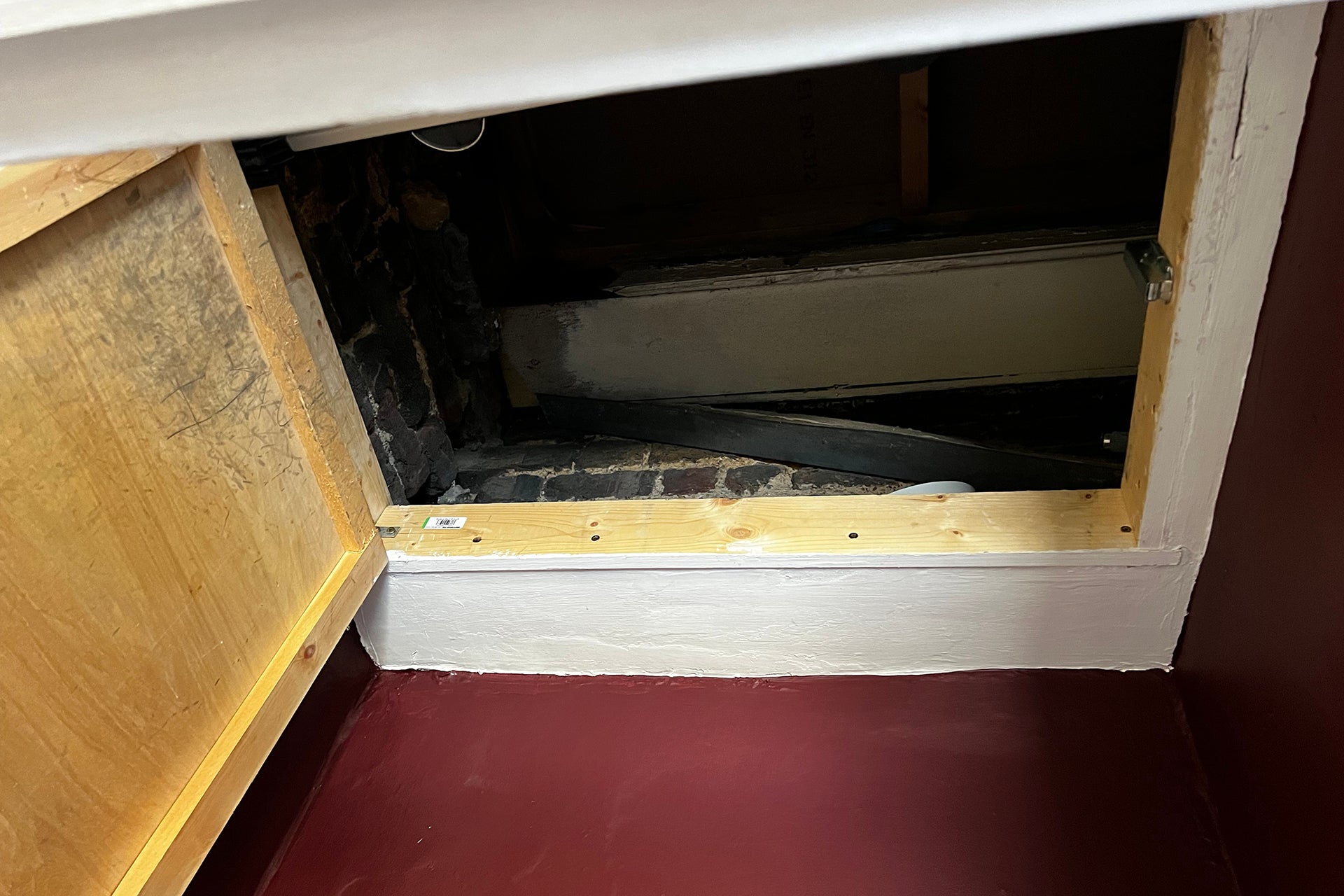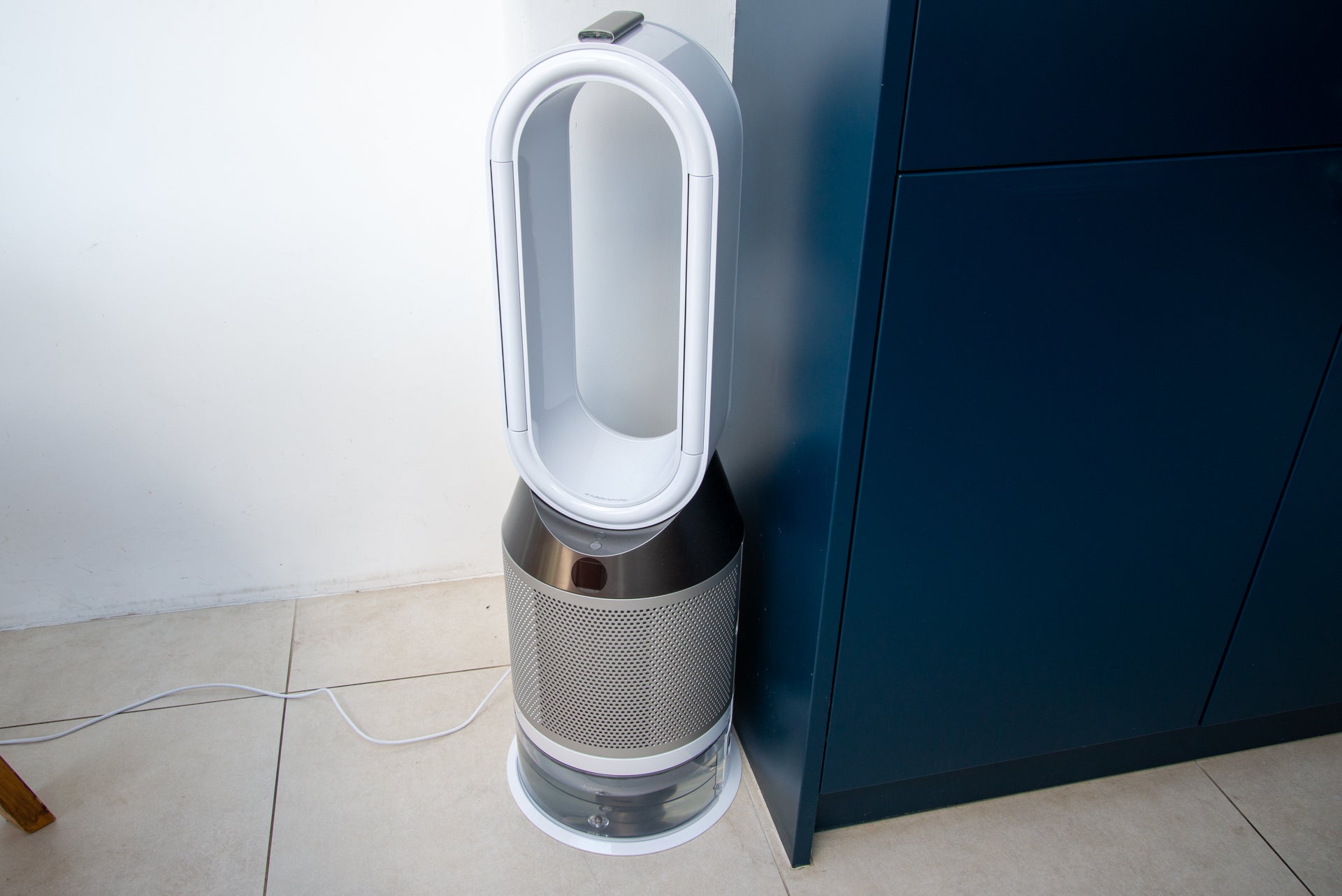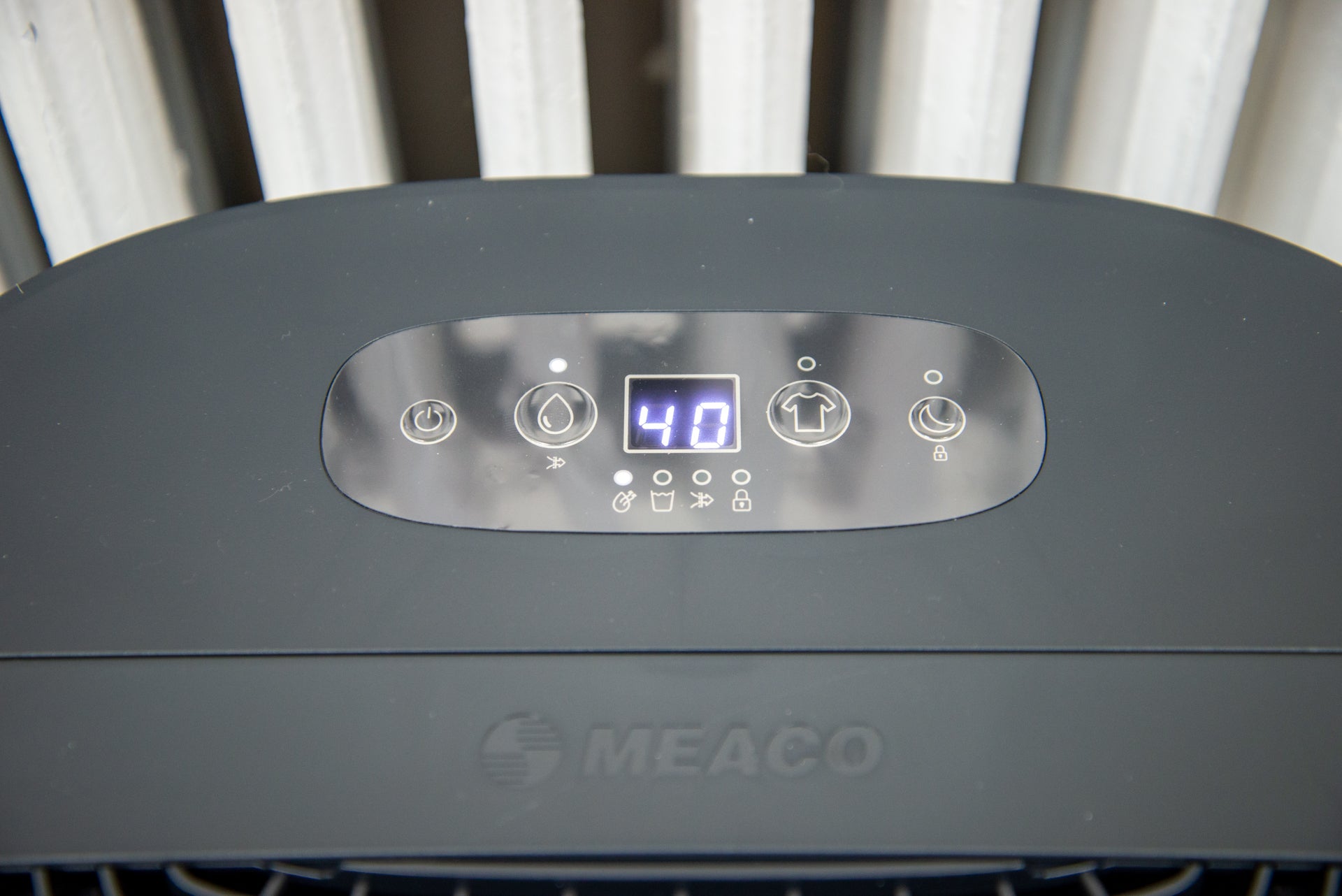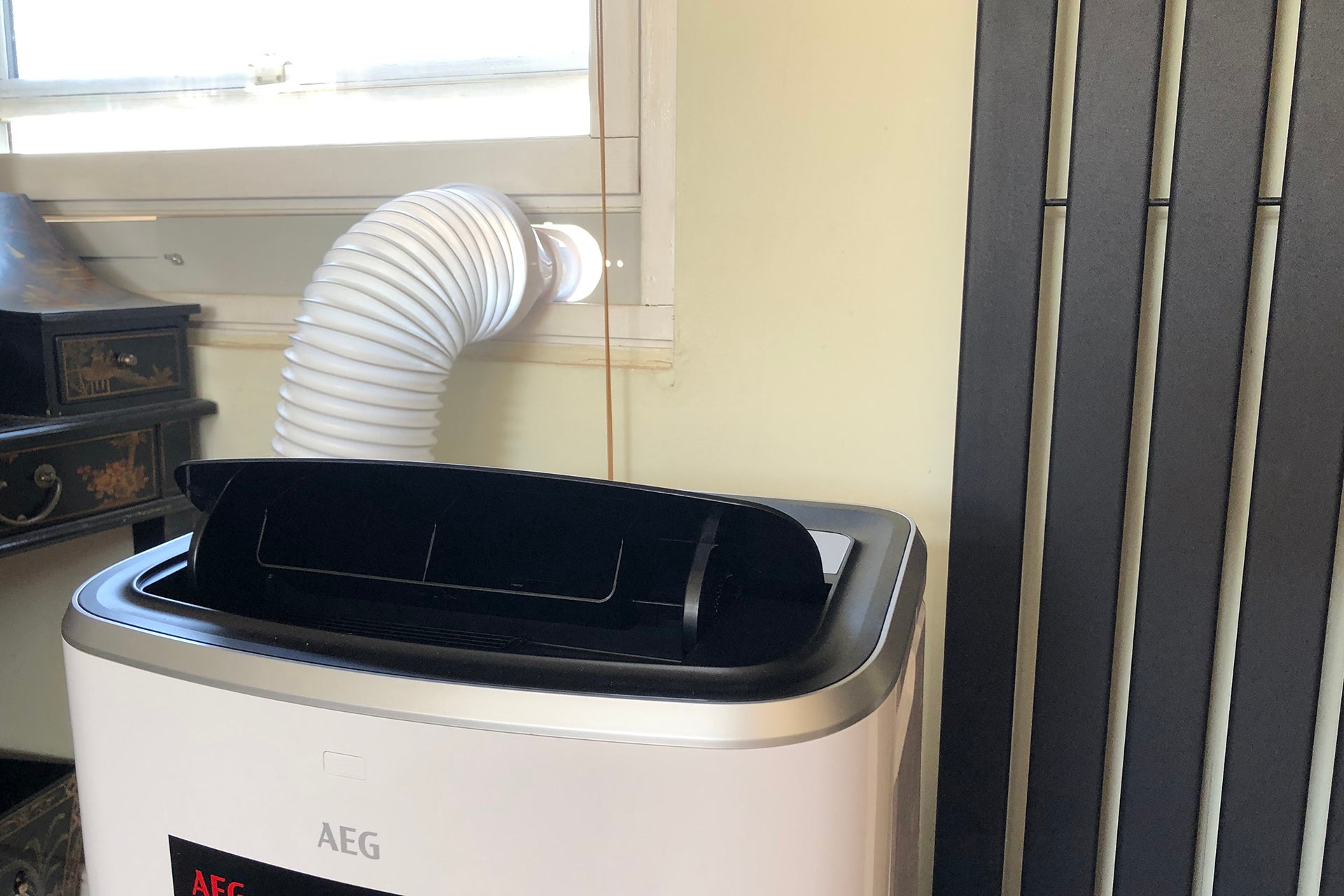Step
1
Know when to shut windows and blinds
During the day, your goal is to prevent your house from getting any hotter, fighting back against the hot sun. Heat can get into your house in two main ways. First, hot air from outside can move in, replacing the cooler air that you have inside. Secondly, the sun can shine in through windows and doors, heating the air.
During the day, you should close windows and shut curtains and blinds on windows and doors that face the sun. This will help prevent them from getting warmer, but the effectiveness depends on many things: double-glazed windows with a UV coating and a set of thick shutters in front of them will keep out more heat than single-glazed windows with a thin set of curtains in front of them.
Thicker curtains, thermal blinds or solar films that stick onto your windows and reflect solar energy can all help reduce the amount of heat that enters your room.
Where possible, you should aim to keep windows and doors shut where the sun doesn’t shine in, as warm air can come through an open window.
Step
2
Know when to open windows and blinds
The best time to open windows is when the internal temperature is warmer than the external temperature. This lets the warmer air out, and the cooler air in. The key here is ‘cooler’: this doesn’t mean cold air, you’re just balancing the temperature differential.
You can check this with a thermometer inside and out. Don’t forget about your smart heating system. If you’ve got a multi-room system, such as Honeywell Evohome, you can use the app to check individual room temperatures in your home.
You can also use external weather data to find out the rough ambient outside temperature in your area.
Start with windows that don’t have the sun shining on them, as you don’t want to open blinds and windows where the sun is still beating down, as you’ll just increase the temperature of your home. When the sun’s no longer an issue, you can open all windows when the external temperature is lower than the internal temperature.
Step
3
Open windows on opposite sides of a room or building
To refresh the air, a draft helps circulation. The easiest way to do this is to open windows on opposite sides of a room or a building, following the advice above. This creates a draft through your home and helps circulate the air faster.
If there’s not much of a breeze, then you can use fans to help: use one fan by a shaded window pulling in cooler air from outside; use another fan on the sunny side to push hot air out of your home.
Step
4
Open a loft hatch if you have the right insulation
Hot air rises, so opening a loft hatch can give access to space for heat to escape into, cooling down the rest of your home. There are a few things to watch out for, though. First, if your rafters aren’t insulated, you risk that hot air will enter your home, making it warmer. Secondly, there’s only so much heat a loft can hold, so this trick may not be a good long-term one. If you do have a loft window, then open it so that the hot air can escape.
Step
5
Use fans
As noted above, using a fan can help with air circulation, but it can also help cool you down. The air blown at you helps sweat evaporate, which in turn cools you down, making you feel more comfortable.
The limitation here is that as it gets more humid, as it often does in the UK, the air can hold less moisture, so your sweat stops evaporating at the same rate and you feel hotter.
There are some things you can do to make a fan colder and more efficient, although there are limiting factors.
Step
6
Use a dehumidifier
The less moisture there is in the air, the less heat becomes an issue, as sweat can evaporate and cool us down. That’s why dry heat feels less intense than wet heat. If you have a dehumidifier, turn it on and reduce the moisture content of the air. Typically around 50% relative humidity is a good level, but when it’s very hot, drop down to 40%. Models, such as the MeacoDry Arete One have a humidistat, so will turn off automatically when they reach the right temperature.
Step
7
Use air conditioning
The truth is, if you want to reduce the ambient temperature and cool a room properly, air conditioning (AC) is the only way to go. As you can see in our guide to fans vs air conditioning, AC both removes heat and moisture from your home, and pumps out colder air that cools a room down. To save on running costs, set an AC to a target temperature, so it turns off automatically, although buying a system such as the Tado Smart AC Control V3+ can give you smart control.


